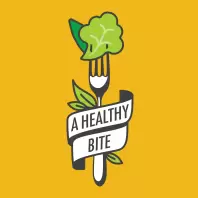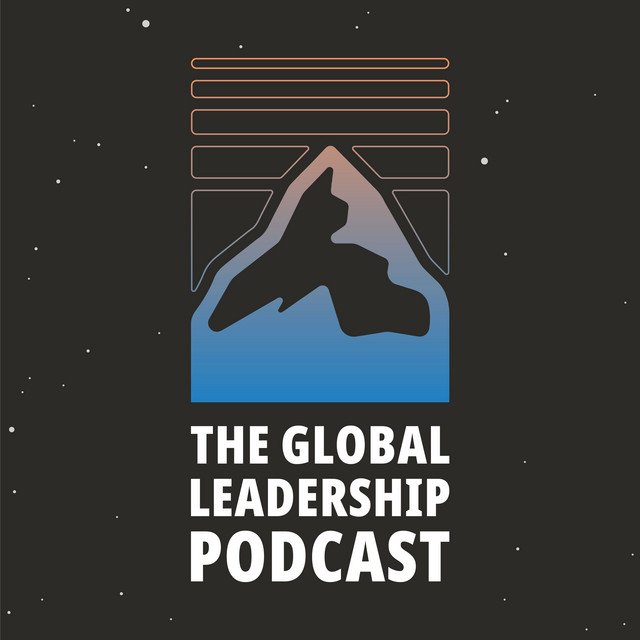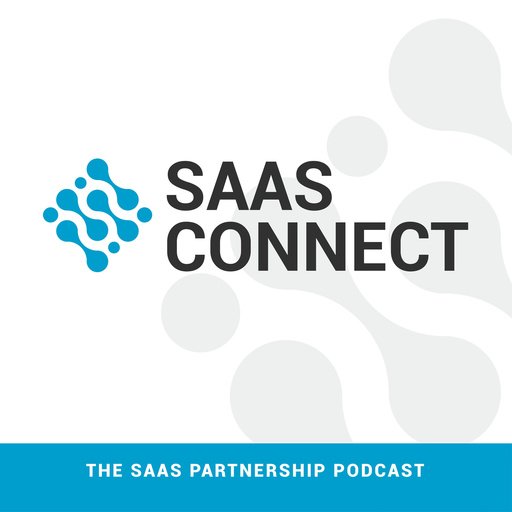A credit score is a numerical representation of an individual’s creditworthiness, based on their credit history. It typically ranges from 300 to 850, with higher scores indicating better credit health. Maintaining a good credit score is crucial because it affects various aspects of financial life, including access to loans, credit cards, rental agreements, and even employment in some cases.
Credit scores are typically calculated using the FICO or VantageScore models, with FICO being the most common. The primary factors that influence credit scores include:
1. Payment History (35%): Whether you pay your credit card bills on time is the single most important factor affecting your score. Late payments, defaults, or bankruptcies negatively impact this area.
2. Credit Utilization (30%): This refers to the percentage of your available credit that you’re using. For example, if your credit limit is $10,000 and you have a balance of $3,000, your credit utilization is 30%. It's recommended to keep utilization below 30% to maintain a good score.
3. Length of Credit History (15%): A longer credit history shows lenders that you’ve been able to manage credit responsibly over time. This includes the age of your oldest account, the average age of all your accounts, and the age of your newest account.
4. Credit Mix (10%): Having a variety of credit accounts (e.g., credit cards, loans, mortgages) shows that you can handle different types of credit responsibly.
5. New Credit (10%): Applying for multiple credit cards or loans in a short period signals to lenders that you may be in financial trouble, which can lower your score.
Each hard inquiry can negatively impact your score. Importance of Maintaining a Good Credit Score
1. Access to Better Financial Products: Individuals with good credit scores are eligible for better credit cards with lower interest rates, higher credit limits, and attractive rewards. They also have access to lower interest rates on mortgages, auto loans, and personal loans.
2. Lower Insurance Premiums: In many cases, insurance companies use credit scores to assess risk. A higher score can result in lower premiums for auto and homeowners' insurance.
3. Employment Opportunities: Some employers, particularly in financial sectors, check credit reports as part of the hiring process. A low credit score can raise concerns about reliability and financial responsibility.
4. Rental Approvals: Landlords often check credit scores to assess the likelihood that a tenant will pay rent on time. A strong credit score can increase your chances of being approved for a rental property.
5. Emergency Borrowing: Life is unpredictable, and having a good credit score ensures that if you need to borrow money quickly in an emergency, you can do so at favorable terms.
How to Develop and Maintain a Good Credit Score
1. Pay Bills on Time: Your payment history is the most significant factor in your credit score. Missing even one payment can have a lasting negative impact. Setting up automatic payments or reminders can help ensure timely payments.
2. Keep Credit Utilization Low: Aim to keep your credit card balances below 30% of your available credit. For example, if you have a credit limit of $5,000, try not to carry a balance higher than $1,500 at any given time.
3. Don’t Close Old Accounts: Closing an old credit card can shorten your credit history and increase your credit utilization ratio. Even if you no longer use the card frequently, keeping the account open can positively affect your score.
4. Avoid Applying for Too Much Credit at Once: Each time you apply for a new credit card or loan, a hard inquiry is added to your credit report, which can temporarily lower your score. Only apply for credit when you need it.
5. Monitor Your Credit Report: Regularly check your credit report for errors or fraudulent activities. If you find inaccuracies, report them to the credit bureaus to have them corrected. This will ensure that your credit score accurately reflects your financial behavior.
By understanding how credit scores are calculated and making strategic decisions, consumers can build and maintain a good credit score throughout their lives. This will provide them with access to better financial opportunities and help them avoid the pitfalls of bad credit.
Watch this episode in its entirety on YouTube: https://www.youtube.com/@WealthAcademyPodcast/videos
For a free financial coaching session with Paul: https://tinyurl.com/446ad2yx



















